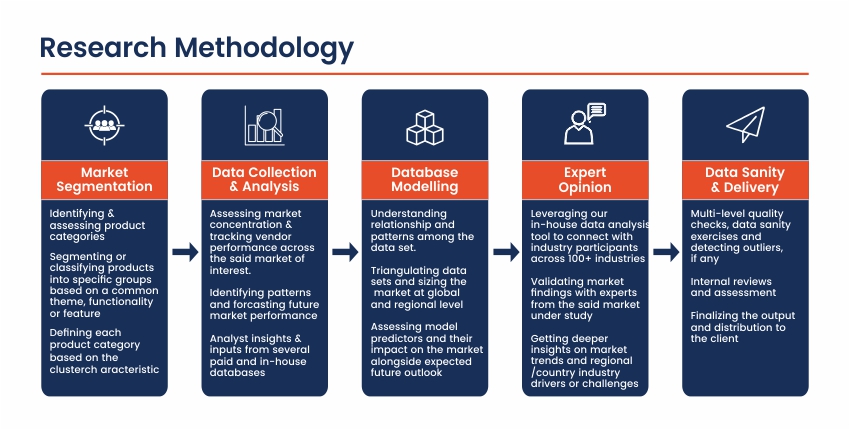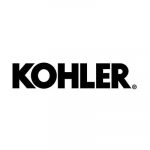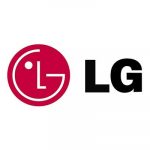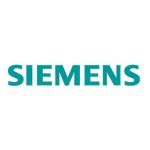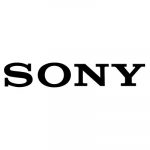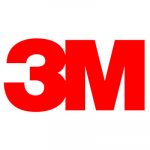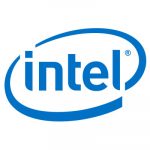Market Overview
The Mexico Diagnostic Imaging Equipment Market is experiencing steady growth driven by factors such as technological advancements, increasing prevalence of chronic diseases, and growing demand for early disease detection and diagnosis. Diagnostic imaging plays a crucial role in modern healthcare by providing valuable insights into the structure and function of organs and tissues. With the introduction of advanced imaging modalities and software solutions, healthcare providers in Mexico are better equipped to diagnose and treat a wide range of medical conditions, including cancer, cardiovascular diseases, and neurological disorders. The market for diagnostic imaging equipment encompasses various modalities such as X-ray, ultrasound, MRI, CT, and nuclear medicine, catering to the diverse needs of healthcare facilities and patients across the country.
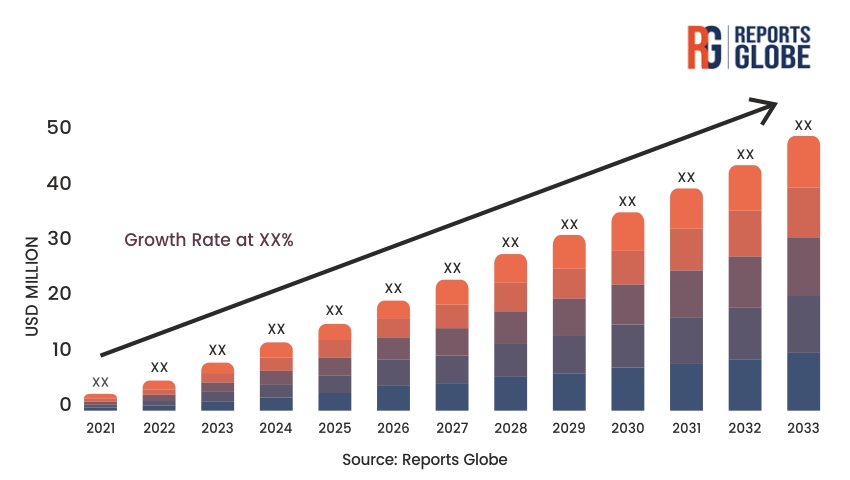
Key Takeaways of the Market
- The Mexico Diagnostic Imaging Equipment Market is witnessing robust growth due to increasing healthcare expenditure, rising adoption of digital imaging technologies, and growing awareness about the importance of early disease detection.
- Key players in the market are focusing on product innovation, strategic partnerships, and geographical expansion to gain a competitive edge and capitalize on emerging market opportunities.
- Technological advancements such as 3D/4D imaging, artificial intelligence (AI), and machine learning are revolutionizing diagnostic imaging practices, enabling faster and more accurate diagnoses.
- Government initiatives aimed at improving healthcare infrastructure, expanding access to medical imaging services, and promoting preventive healthcare measures are expected to drive market growth.
Market Driver
A significant driver of the Mexico Diagnostic Imaging Equipment Market is the increasing prevalence of chronic diseases such as cancer, cardiovascular diseases, and neurological disorders. Chronic diseases pose a significant burden on the healthcare system in Mexico, contributing to high morbidity and mortality rates. Diagnostic imaging plays a crucial role in the early detection, staging, and monitoring of chronic diseases, enabling timely interventions and improved patient outcomes. As the burden of chronic diseases continues to rise, there is a growing demand for advanced imaging modalities and technologies that offer superior diagnostic accuracy, sensitivity, and specificity. Healthcare providers are increasingly relying on diagnostic imaging equipment to facilitate informed clinical decision-making and optimize patient care pathways.
Market Restraint
Despite the growth prospects, the Mexico Diagnostic Imaging Equipment Market faces certain challenges that restrain its expansion. One of the primary restraints is the high cost associated with acquiring, maintaining, and operating diagnostic imaging equipment. Advanced modalities such as MRI and CT scanners require substantial capital investment, making them inaccessible to many healthcare facilities, particularly those in rural and underserved areas. Moreover, the lack of trained personnel and infrastructure constraints further limit the widespread adoption of diagnostic imaging technologies. Additionally, concerns regarding radiation exposure, patient safety, and regulatory compliance pose challenges for market players operating in the diagnostic imaging sector.
Market Opportunity
The Mexico Diagnostic Imaging Equipment Market presents significant opportunities for growth, driven by factors such as increasing healthcare expenditure, technological advancements, and government initiatives aimed at improving healthcare access and affordability. There is a growing trend towards the adoption of digital imaging technologies such as picture archiving and communication systems (PACS), electronic medical records (EMR), and teleradiology solutions. These technologies enable seamless integration of diagnostic imaging data, remote image interpretation, and collaboration between healthcare providers, leading to improved efficiency and patient care outcomes. Moreover, the rising demand for point-of-care imaging solutions and portable devices presents lucrative opportunities for market players to expand their product portfolios and cater to the evolving needs of healthcare facilities and patients.
Market Segment Analysis
The Mexico Diagnostic Imaging Equipment Market can be segmented into several categories based on imaging modality, including:
- X-ray Imaging: X-ray imaging remains one of the most commonly used diagnostic modalities in Mexico, owing to its cost-effectiveness, versatility, and wide availability. X-ray systems are utilized for a variety of imaging applications, including skeletal imaging, chest radiography, and dental imaging. The market for X-ray imaging equipment is driven by factors such as technological advancements, increasing demand for digital radiography systems, and growing emphasis on radiation dose reduction. Portable X-ray systems are gaining popularity in various healthcare settings, including emergency departments, intensive care units, and ambulatory care centers, due to their compact size, mobility, and ease of use.
- Ultrasound Imaging: Ultrasound imaging, also known as sonography, is widely used for diagnostic purposes in Mexico due to its non-invasive nature, real-time imaging capabilities, and safety profile. Ultrasound systems are used to visualize internal organs, tissues, and blood flow patterns, making them valuable tools for obstetric, gynecologic, abdominal, and vascular imaging. The market for ultrasound imaging equipment is driven by factors such as increasing demand for point-of-care ultrasound (POCUS) systems, technological advancements in transducer technology, and growing applications in emergency medicine and critical care. Portable ultrasound systems are gaining traction among healthcare providers due to their versatility, affordability, and ease of use in diverse clinical settings.
Regional Analysis
In terms of regional analysis, urban areas in Mexico exhibit higher demand for diagnostic imaging equipment compared to rural regions. Urban centers have better healthcare infrastructure, including hospitals, diagnostic centers, and imaging facilities, where advanced imaging modalities are readily available. Moreover, urban populations tend to have higher levels of health literacy and awareness about the importance of preventive healthcare and early disease detection, leading to increased utilization of diagnostic imaging services. However, there is significant potential for market growth in rural and underserved areas, driven by efforts to improve healthcare access, expand telemedicine services, and deploy mobile imaging units to remote communities.
Competitive Analysis
The Mexico Diagnostic Imaging Equipment Market is highly competitive, with a diverse range of players including multinational corporations, local manufacturers, and distributors. Key players in the market are focusing on product differentiation, innovation, and strategic partnerships to gain a competitive edge and expand their market presence. Technological advancements such as AI-driven image analysis, cloud-based imaging solutions, and virtual reality (VR) imaging platforms are shaping the competitive landscape of the diagnostic imaging market in Mexico. Additionally, regulatory compliance, service quality, and customer support are critical factors influencing market dynamics and customer loyalty.
Key Industry Developments
- Introduction of advanced imaging modalities such as digital radiography, 3D/4D ultrasound, spectral CT, and hybrid imaging systems.
- Integration of artificial intelligence (AI) algorithms for image reconstruction, analysis, and interpretation to improve diagnostic accuracy and efficiency.
- Collaboration between diagnostic imaging equipment manufacturers and healthcare providers to develop customized imaging solutions for specific clinical applications.
- Expansion of distribution networks and after-sales service infrastructure to enhance market penetration and customer satisfaction.
Future Outlook
The Mexico Diagnostic Imaging Equipment Market is poised for robust growth in the coming years, driven by factors such as increasing healthcare expenditure, rising prevalence of chronic diseases, and technological advancements in medical imaging. The market is expected to witness continued innovation in terms of imaging modalities, software solutions, and workflow optimization tools. Moreover, the adoption of value-based healthcare models, telemedicine platforms, and population health management strategies is anticipated to drive the demand for diagnostic imaging equipment in Mexico. With a growing emphasis on preventive healthcare and early disease detection, the role of diagnostic imaging in improving patient outcomes and reducing healthcare costs is expected to gain prominence, creating lucrative opportunities for market players in Mexico.
Market Segmentation
- X-ray Imaging
- Digital Radiography Systems
- Computed Radiography Systems
- Fluoroscopy Systems
- Ultrasound Imaging
- 2D Ultrasound Systems
- 3D/4D Ultrasound Systems
- Doppler Ultrasound Systems


